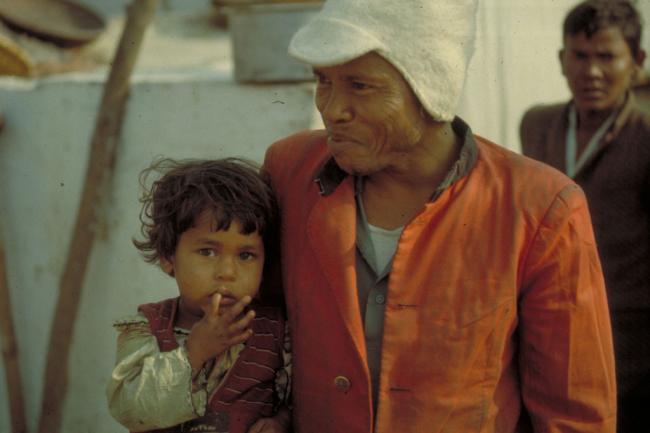
The strategy aims to, by 2020, reduce to zero the number of children diagnosed with leprosy and related physical deformities; reduce the rate of newly-diagnosed leprosy patients with visible deformities to less than one per million; and ensure that all legislation that allows for discrimination on the basis of leprosy is overturned.
“A strategy can only be as good as its implementation,” Poonam Khetrapal Singh, Regional Director of the World Health Organization (WHO) South-east Asia, said in New Delhi at the launch of the global strategy for 2016-2020 ‘Accelerating towards a leprosy-free-world.’
“The new global strategy is guided by the principles of initiating action, ensuring accountability and promoting inclusivity. These principles must be embedded in all aspects of leprosy control efforts,” she said.
Leprosy was eliminated globally in the year 2000 with the disease prevalence rate dropping to below one per 10,000 population. Though all countries have achieved this rate at the national level, at the sub-national level, it remains an unfinished agenda.
Of the 213,899 new cases in 2014, 94 per cent were reported from 13 countries – Bangladesh, Brazil, Democratic Republic of Congo, Ethiopia, India, Indonesia, Madagascar, Myanmar, Nepal, Nigeria, the Philippines, Sri Lanka and Tanzania. India, Brazil and Indonesia account for 81 per cent of the newly diagnosed and reported cases globally.
Main challenges
The main and continuing challenges to leprosy control have been the delay in detection of new patients and persisting discrimination against people affected by leprosy which has ensured continued transmission of the disease. Several leprosy-affected countries still have legislation in place that allows discrimination against people suffering from leprosy.
Social stigma impedes early detection of the disease, particularly in children, and increases disabilities. Stigma also facilitates transmission among vulnerable groups, including migrant populations, displaced communities, the ultra-poor and hard-to-reach population. Combatting stigma and ensuring early diagnosis through active case-finding, which the new strategy emphasizes, is critical to making progress.
Key interventions
The key interventions include; detecting cases early before visible disabilities occur, with a special focus on children as a way to reduce disabilities and reduce transmission; targeting detection among higher risk groups through campaigns in highly endemic areas or communities; and improving health care coverage and access for marginalized population.
Screening all close contacts of leprosy affected persons, promoting a shorter and uniform treatment regime and incorporating specific interventions against stigma and discrimination are the other strategic interventions that endemic countries need to include in their national plans to meet the new targets.
The new strategy builds on the success of previous leprosy control strategies. It has been developed in consultation with national leprosy programs, technical agencies and non-governmental organizations (NGOs), as well as patients and communities affected by leprosy. The strategy focuses on equity and universal health coverage which will contribute to reaching the Sustainable Development Goal on health.
Photo: UNICEF/Sanjay Acharya
Support Our Journalism
We cannot do without you.. your contribution supports unbiased journalism
IBNS is not driven by any ism- not wokeism, not racism, not skewed secularism, not hyper right-wing or left liberal ideals, nor by any hardline religious beliefs or hyper nationalism. We want to serve you good old objective news, as they are. We do not judge or preach. We let people decide for themselves. We only try to present factual and well-sourced news.







